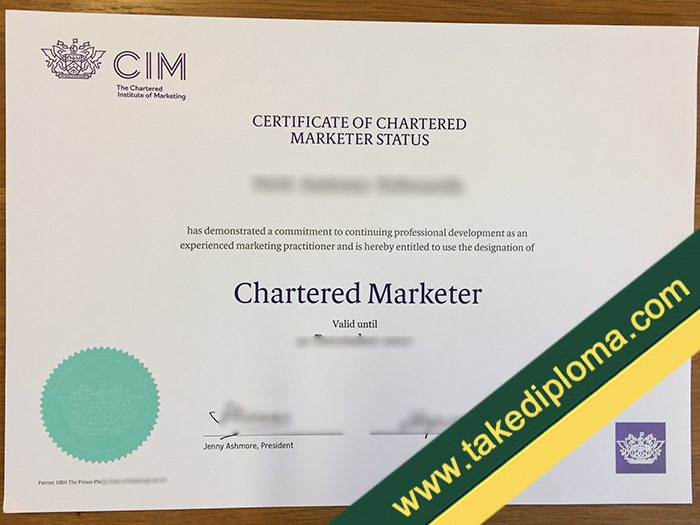How to Get a Chartered Institute of Marketing (CIM) Fake Certificate?

How to Get a Chartered Institute of Marketing (CIM) Fake Certificate? where to make CIM fake certificate, CIM fake diploma for sale, buy fake UK degree online, order CIM fake diploma, Founded in 1911, The Chartered Institute of Marketing (CIM) is a professional marketing body. It has over 30,000 members, including more than 3,000 registered Chartered Marketers. CIM offers 130 study centers in 36 countries, and exam centers in 132 countries.
In 1952, His Royal Highness, Prince Philip, Duke of Edinburgh, became the Institute’s Patron, taking over from King George VI who was appointed in 1937 as CIM’s first Royal Patron. how much for a CIM fake diploma, CIM fake certificate sample, purchase CIM fake certificate, In 2019, His Royal Highness, The Prince of Wales, agreed to become the new Patron of CIM. how much for a CIM fake diploma, buy fake diploma, buy fake degree, buy fake certificate, fake diplomas, fake degrees, fake certificates, buy degree, buy diploma, buy certificate, how safety to buy CIM fake certificate, The first Code of Practice was introduced in 1973, and in 1989, the Institute was awarded a Royal Charter. CIM offers training courses, and professional qualifications, from foundation to postgraduate or master’s degree level (EQF Level 7). In 1992, the European Union declared CIM’s flagship qualification as the “preferred professional marketing qualification through member states”.
Following a 12-month extensive research and consultation process, CIM appointed the international brand strategy agency, Brash, to handle its creative brief. how to create CIM fake certificate, After the agency carried out further analysis, the Institute launched its new brand identity in 2014, with “royal blue” as its lead colour to recognise “the value of Britishness in the global market”.
Described as “CIM’s biggest strategic and creative brand change in more than a quarter of a century”, the radical departure from the old look and feel of the brand came after the research exercise uncovered a number of inherent weaknesses in the old logo, including its incompatibility in the new digital landscape, a wordmark that was far from optimal, and a “barely decipherable” crest.
